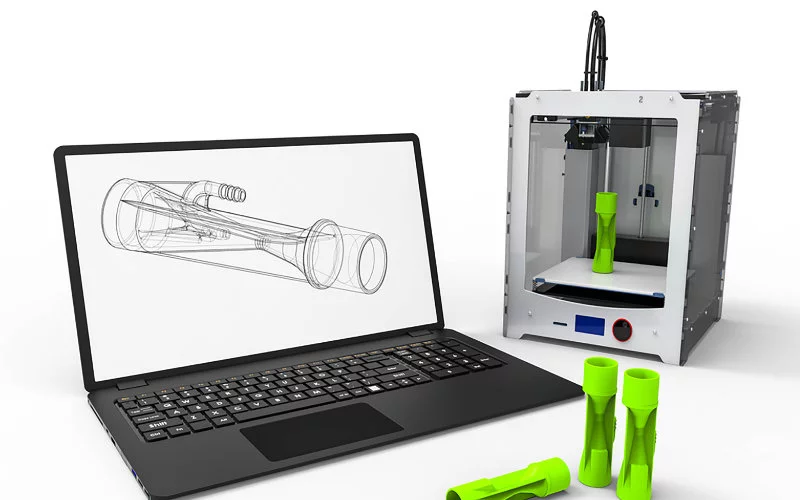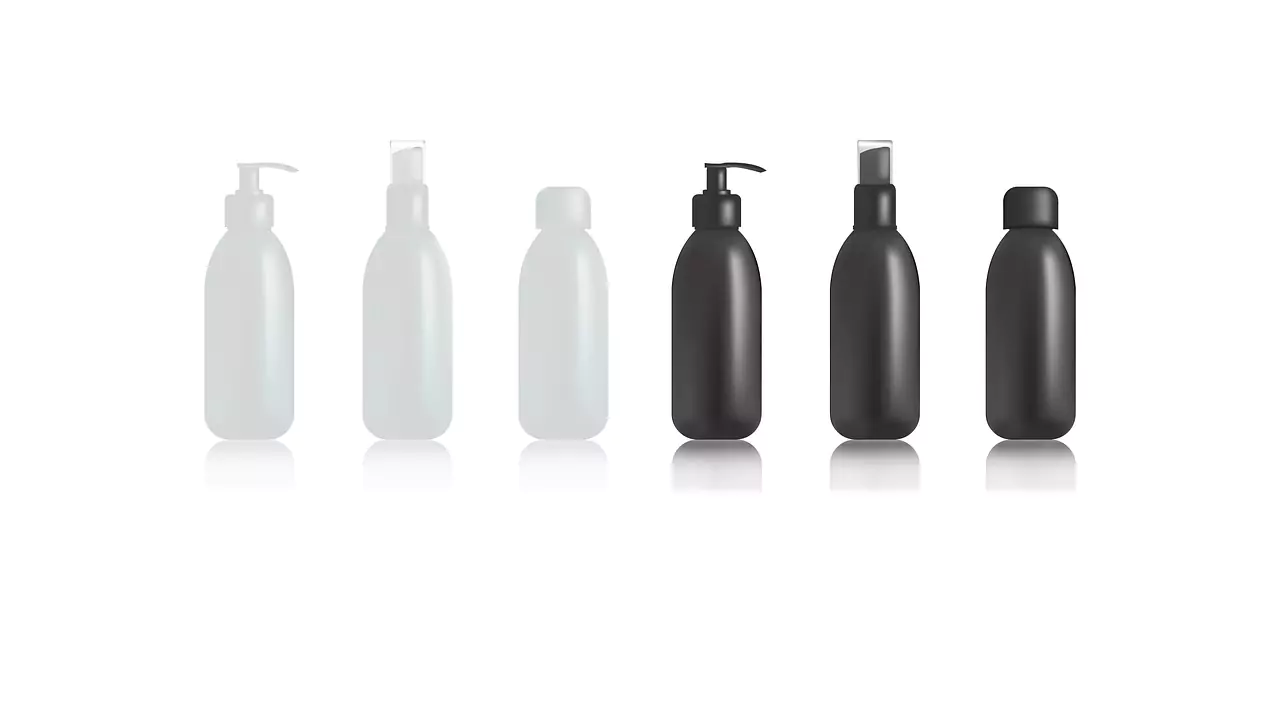To bring a new plastic product to market and ensure its future industrial viability, it is necessary to consider the design, material, production, and processing, as well as management and/or recovery after the life cycle of the product, has ended. At an early stage, it is important to be aware of potential legal restrictions, limitations arising from similar developments already on the market, and product certification requirements. The product features during the plastic product design stage should also be considered (weather resistance, resistance to chemical agents, resistance to high or low temperatures, chemical incompatibility, lack of mechanical properties, etc.).
Stages of Plastic Product Design
To make an informed decision, first, you want to be aware of the steps involved. This can be a guide for you to compare the full range of services offered in the market and choose your best one. Plastic design is a combination of geometry and material choice. These two factors are intertwined with each other, and knowledge of each area is important to obtain a comprehensive design. For plastic design, there are specific rules regarding part geometry, which help achieve the desired embodiment.
To manufacture a new plastic product design, your supplier must have knowledge of industrial design, materials, industrialization, and product management when its life cycle is over. Elements such as walls, ribs, and vents necessitate in-depth investigation, for which general design guidelines and checklists serve as the foundation. Raw material suppliers must provide a material data sheet that includes test data on the properties of the material. This information focuses on standard values collected in experiments, which are usually performed under ideal conditions under short-term testing.
Aspects to Consider
There are many crucial factors involved in designing a plastic part for manufacturing capability that touch all areas of part design, tooling, material selection and production. First, it is necessary to manufacture parts around functional needs, considering the design intent or end-use. Consider reducing weight, eliminating fabrication and assembly steps, improving structural components, reducing costs, and bringing products to market faster.
Material
Manufacturers frequently choose a familiar grade of plastic from a similar application or rely on supplier recommendations. A resin chosen in this way may be sufficient but is rarely optimal. The selection of plastics is a complex task that involves many considerations, such as:
- Temperature: Thermal stress that can occur under normal and excessive use conditions as well as during assembly, finishing, and shipping.
- Chemical resistance: The effects of a solid, liquid, or gas when it meets that plastic part.
- Agency approval: Government and private standards for properties such as heat resistance, flammability, and electrical and mechanical capabilities.
- Assembly: The association of plastics with all assembly steps such as bonding, mechanical fasteners, and welding.
- Finish: The ability of the material to produce the desired finish such as luster, smoothness, and other appearance values as it comes from the mold.
- Cost: Cost calculation for manufacturing, maintenance, assembly, and disassembly to reduce resin pricing as well as labor, tooling, finishing, and other costs.
- Availability: Availability of resin with respect to the amount required for production.

The Thickness of Wall
Proper wall thickness is one of the most basic requirements in designing a part for plastic injection molding. Plastic shrinks as it cools which can cause defects such as sink marks, voids, stresses, and warping. The plastic resin solidifies into the mold on the outside of the part (closest to the surface of the mold). The thicker parts of a part are pulled inward, causing tension, sink marks, or gaps. Since thin sections cool quickly, tension can build up between the thin and thick sections, resulting in part warpage.
Up and Down Molding
Creating a part that can be molded with a “straight pull” or “up and down” motion is an excellent way to reduce mold costs. A straight bridge mold is designed in such a way that when the two halves of the mold (A side and B side) are separated from each other, no plastic blocks the passage of metal in the direction of the bridge. Undercuts on the part cause this blockage of the path and require action in the mold (cam, core pull, etc.). The action in the mold can have a major impact on the cost (and overall size) of the mold.
Radius
The radius should always be considered in relation to the thickness of the part – eliminating the possibility of high-stress areas and breakage of the part. A general rule of thumb is that the thickness at a corner should be in the range of 0.9 times the nominal thickness to 1.2 times the nominal thickness.
Draft
The amount of taper on the vertical walls of the plastic part is referred to as draft. Without a draft, a part may not exit the mold, or sustain damage during ejection. Typically, draft angles between 1° and 2° are required but may vary depending on partial restrictions and specifications.




